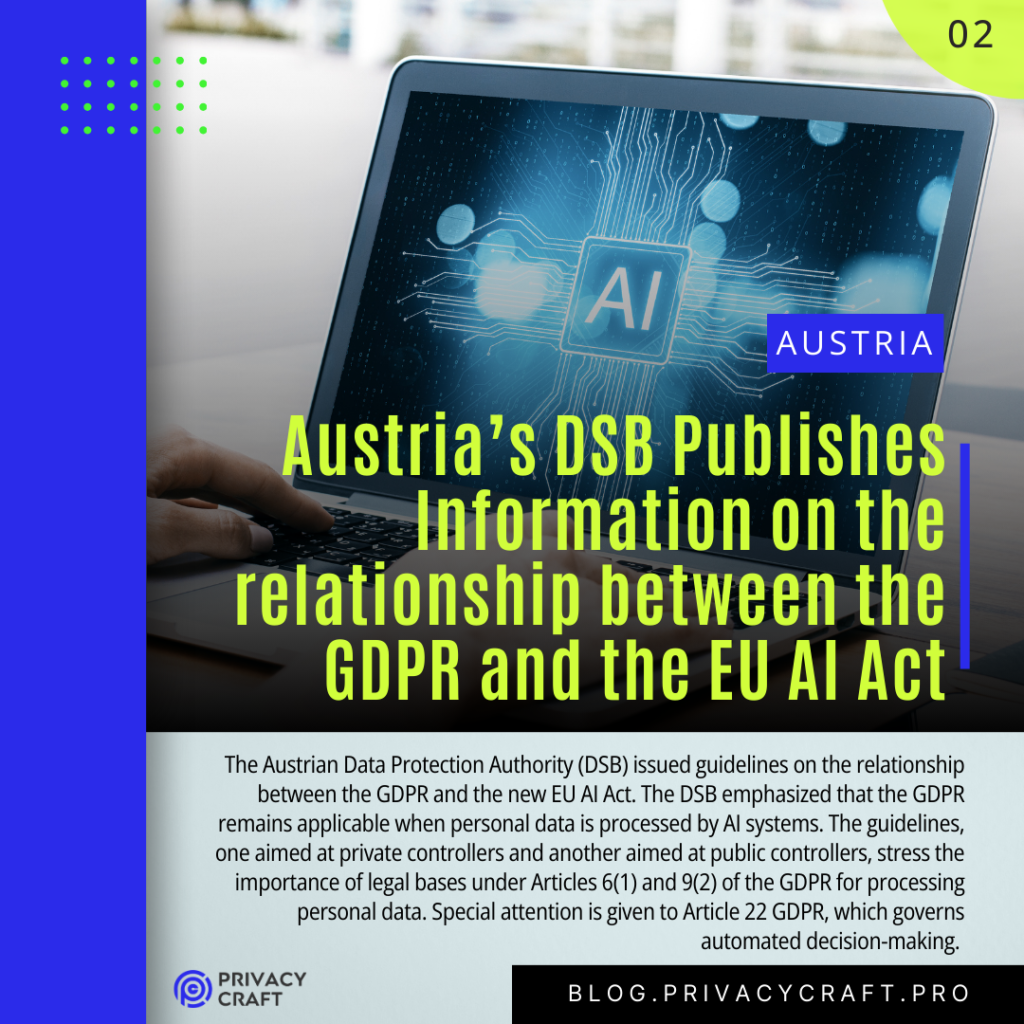On 25 July 2024 the U.S. Department of State released the “Risk Management Profile for Artificial Intelligence and Human Rights,” aiming to provide practical guidance for organizations in various sectors to align AI development and usage with international human rights standards.
Context and Rationale
AI’s potential to advance technology and human rights is significant, yet it can also pose risks such as bias, surveillance, and censorship. The Profile leverages international human rights principles to inform AI risk management, offering a universal normative basis for assessing AI impacts.
Key Objectives
The Profile has two primary goals:
-
- Integrating Human Rights with AI Risk Management: It aligns the NIST AI Risk Management Framework with human rights due diligence, demonstrating how human rights considerations fit within the AI lifecycle.
-
- Promoting Rights-Respecting AI Governance: It fosters a common language for AI developers, policymakers, and civil society, illustrating the integration of human rights in AI governance.
Structure and Recommendations
The Profile consists of three sections:
-
- Rationale and Scope: Explains the unique role of international human rights in AI governance.
-
- Human Rights Impacts: Analyzes potential human rights risks from AI, including privacy violations, discrimination, and freedom of expression infringements.
-
- Recommended Practices: Offers actionable steps derived from the AI RMF’s four functions—Govern, Map, Measure, and Manage. Examples include:
-
- Govern: Establish policies on AI and human rights, conduct human rights due diligence, and set up procedures for addressing risks.
-
- Map: Engage stakeholders in AI system design and assess the context of AI deployment.
-
- Measure: Evaluate and monitor AI systems for human rights impacts using quantitative and qualitative methods.
-
- Manage: Prioritize and address human rights risks, ensure transparency, and provide redress mechanisms.
-
- Recommended Practices: Offers actionable steps derived from the AI RMF’s four functions—Govern, Map, Measure, and Manage. Examples include:
The Profile is designed to be cross-sectoral and aligns with various international initiatives, including the UN Guiding Principles on Business and Human Rights, OECD Guidelines, and UNESCO’s AI ethics recommendations.
Read it here.

♻️ Share this if you found it useful.
💥 Follow me on Linkedin for updates and discussions on privacy, digital and AI education.
📍 Subscribe to my newsletter for weekly updates and insights – subscribers get an integrated view of the week and more information than on the blog.


